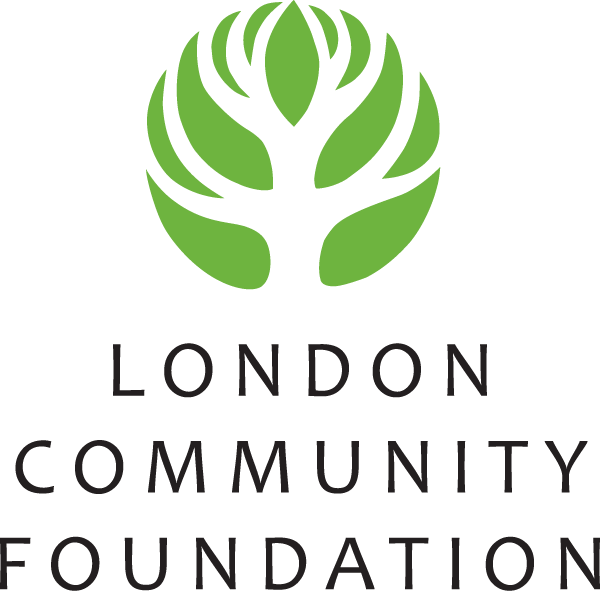Why Back to the River is Important for London.
Why Back to the River is Important for London.
by joni baechler
Joni Baechler (Photo: London Free Press)
In 1793 on the banks of the Thames River, London was established. For generations, this Canadian heritage waterway supported commercial, cultural and ecological functions that enriched the city. In time, the industrial revolution brought railroads and cars, and the city turned its back on the Thames River.
As the city grew, this important water corridor and adjacent land lay underutilized and unappreciated. It was cheaper and easier to bulldoze thousands of hectares of agricultural land at the edge of the city for housing and commercial growth. This political misstep played out in cities across North America; pulling businesses and people to the suburbs, exhausting infrastructure capital budgets and leaving city centres dark and in decline. Often referred to as doughnut cities.
The consequences of urban sprawl burdened city finances, impaired the environment, and fostered civic isolation. Post-war suburbs became known in North America as the “geography of nowhere”. Today, progressive cities plan differently.
Competition for business in our globalized, technologically innovative world have transformed economic drivers. No longer are the “geography of nowhere” cities garnering their fair share of wealth creation. Businesses and people willing to relocate are looking for cities that celebrate what is unique and special. They are looking for: memorable public spaces that create an inviting, active, public realm; architectural excellence reflected in new buildings and adaptive reuse of heritage buildings into modern mixed-use; a natural environment protected and enhanced; the ability to move about the city effectively with layers of active transportation for walking, cycling and transit. A city that embraces these principles of placemaking has a competitive advantage economically, culturally and environmentally. They evoke a greater sense of civic pride.
With this in mind, the London Community Foundation recognized that the natural beauty and underutilized economic value of the riverfront remained a significant missed opportunity. After discussion with politicians and city planners, the LCF embarked on the Back to the River plan. Wanting to be a positive, city-building influence, LCF committed to contracting top planning experts to work with the city and engage active citizens, planners, architects, business leaders, politicians, landowners, and philanthropists, in a conversation that focused attention on the river. The shared vision was to revitalize the riverfront through the downtown area, adopting placemaking principles such as enhancing environmental features, creating opportunities for economic redevelopment, civic engagement and greater connectivity to the river. An international design competition was held and the winning redevelopment plan was presented and accepted by city council.
Unique to the plan was a partnership in funding. In addition to spearheading the project, the LCF was willing to participate in financing segments of the redevelopment through donations, substantially reducing the financial commitment from the city. In return, the redevelopment and revitalization efforts would offset the capital costs through contributions to the city’s assessment growth for decades to come.
City building of this scale is not for the faint of heart. Great cities are anchored by intentional placemaking. The form and function of the buildings, streetscapes, and public realm reflect the values and aspirations of the community. Following the bombing of London, England after WWII, many politicians wanted to rebuild quickly and cheaply. Winston Churchill demanded the city build structures that were iconic and created a sense of place. In essence, first you shape your city, thereafter it shapes you. The “geography of someplace”. A place where you want to live, work and play. Memorable and exciting.
Back to the River is a forward-moving vision and plan embraced by the previous council. It is my hope that council will see past the short-term financial output to the long-term economic value and sustained economic contribution to the city. By reorienting us to the most important natural feature flowing through the city and creating vibrant, placemaking, redevelopment opportunities, we will have created a uniquely London sense of place and pride.

